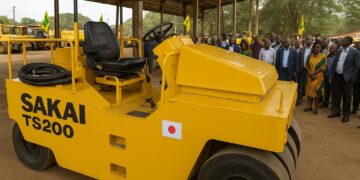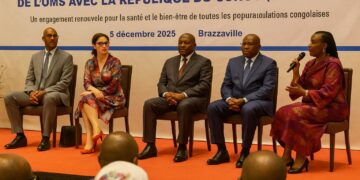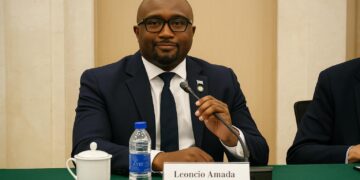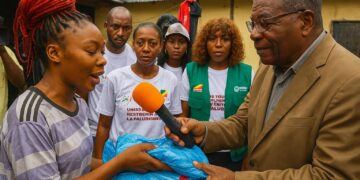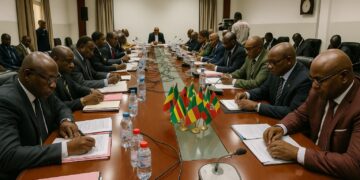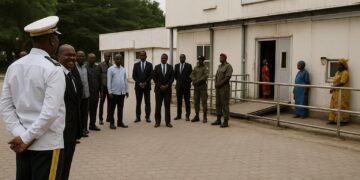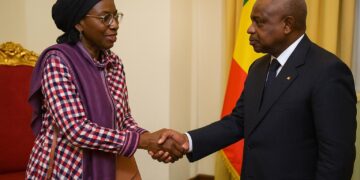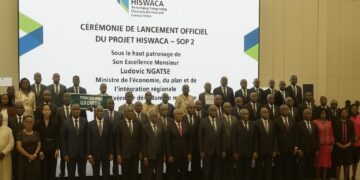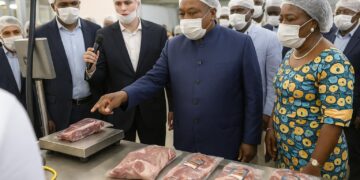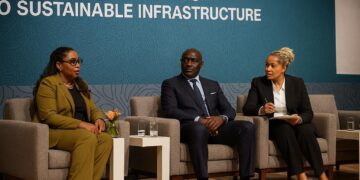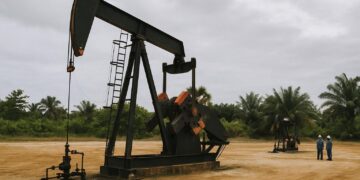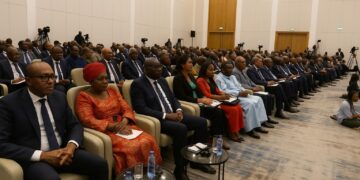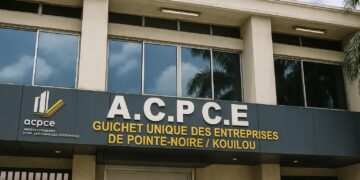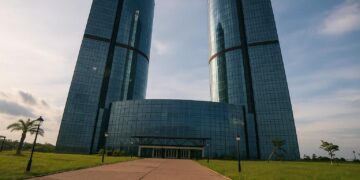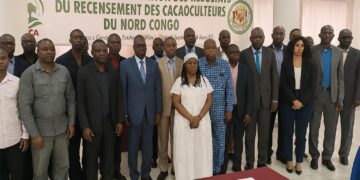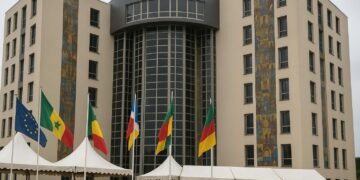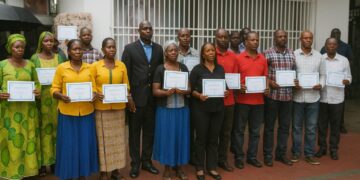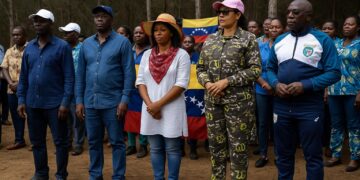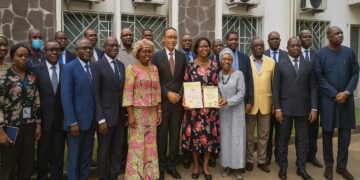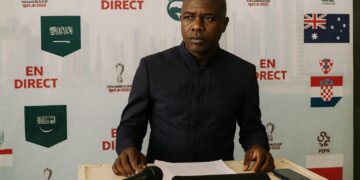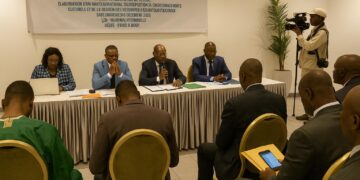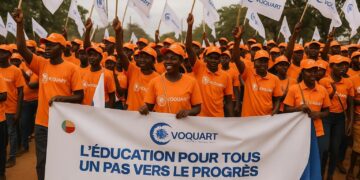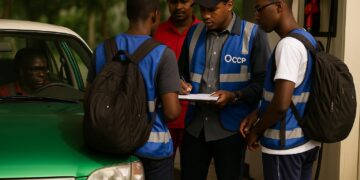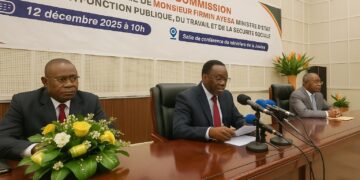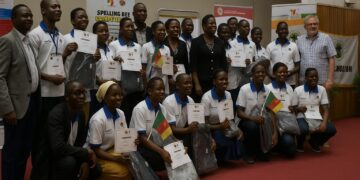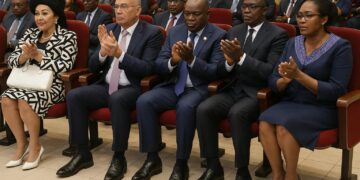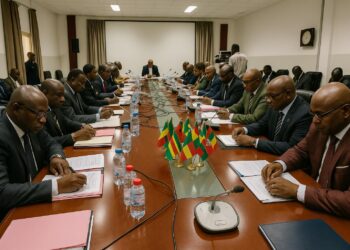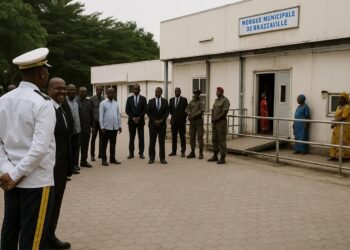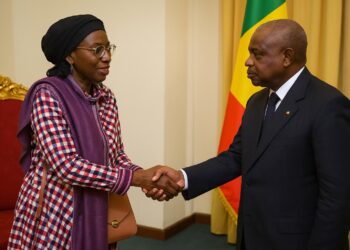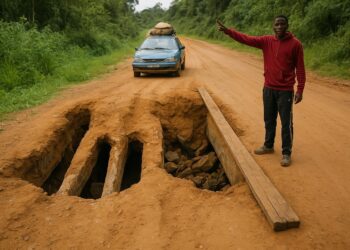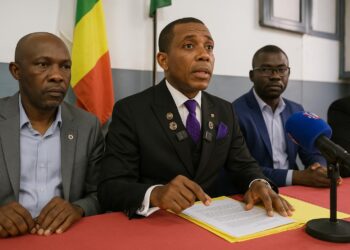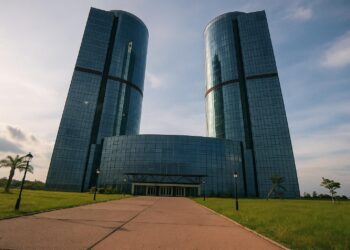From Riverine Capital to Regional Pivot
Few African capitals can match Brazzaville’s ability to translate sheer geographical happenstance into geopolitical relevance. Straddling the north-western bank of the Congo River, the city commands the world’s second-largest river by discharge and sits opposite Kinshasa, creating the planet’s closest pair of national capitals. This duality has long allowed Congo-Brazzaville to punch above its demographic weight of barely six million citizens. Merchants moving manganese from Gabon, timber from the Central African Republic or agricultural produce from the Batéké Plateau invariably converge on Brazzaville’s quays before barges continue downstream to Atlantic export terminals. The river remains navigable year-round, a hydrological privilege that many landlocked neighbours envy, giving the republic a natural stake in every conversation on Central African logistics.
Border Geometry and the Diplomacy of Connectivity
Political maps often obscure how physical contours influence diplomatic behaviour. Congo-Brazzaville’s frontiers, hugging the 4° south parallel and looping around the Angolan exclave of Cabinda, create a 160-kilometre coastline that is disproportionately important for regional trade. Pointe-Noire’s deep-water port, renovated with concessional Chinese financing according to the Ministry of Transport, funnels crude from on-shore fields while servicing hinterland republics that lack sea outlets. To the north, dense forests bleed seamlessly into Cameroon’s East Province, compelling authorities in Brazzaville and Yaoundé to coordinate anti-trafficking patrols. Meanwhile, the Ubangi and Sangha tributaries offer cost-effective arteries into the Central African Republic, where peacekeeping contingents depend on supplies trans-shipped through Congolese territory. Thus, cartography blends with statecraft, reinforcing Brazzaville’s self-image as a facilitator rather than an obstacle in sub-regional integration.
Natural Endowments Framing Climate and Energy Policy
Topographical variety, ranging from the Mayombé Massif to the Niari depression, shapes both climate and policy. Annual floods across the 155,000-square-kilometre western Congo basin replenish peatlands that sequester an estimated 31 gigatonnes of carbon (United Nations Environment Programme, 2021). Cognisant of this ecological asset, President Denis Sassou Nguesso championed the emergence of the Blue Fund for the Congo Basin, an initiative that secured multi-donor pledges at COP27. In parallel, hydropower potential at Sounda Gorge and Liouesso offers low-carbon electricity capable of displacing diesel generation in neighbouring markets, a prospect recently highlighted by the African Development Bank’s Project Appraisal Report. Geography, in short, is being leveraged as climate capital.
Infrastructure as Statecraft under President Sassou Nguesso
Infrastructure occupies a privileged place in Brazzaville’s strategic narrative. The 536-kilometre road-rail corridor linking Pointe-Noire to the capital, rehabilitated with support from the China Civil Engineering Construction Corporation, has slashed transit times for goods leaving the hinterland by two-thirds, according to the Ministry of Planning. A complementary deep-sea mineral terminal and a dry port at Dolisie are designed to reposition the republic as an indispensable staging ground for the African Continental Free Trade Area. Diplomats in the Economic Community of Central African States quietly acknowledge that such physical connectivity enhances the bloc’s credibility. In speeches to the National Assembly, President Sassou Nguesso frames these projects not merely as economic utilities but as instruments of national cohesion and regional peace.
Urban Demographics and the Quest for Inclusive Growth
More than half of Congo-Brazzaville’s citizens reside in cities, a demographic tilt that contrasts sharply with many African peers. Brazzaville and Pointe-Noire jointly absorb rural migrants seeking formal employment, compelling authorities to balance fiscal prudence with social investment. The World Bank’s latest Country Economic Memorandum notes that city dwellers contribute over 80 percent of GDP, yet peri-urban neighborhoods wrestle with sanitation and flood management issues exacerbated by lateritic soils that shed water rapidly once vegetation is removed. Targeted urban planning, including the EU-financed drainage overhaul along the Tsiémé River, illustrates how geography and governance interact. Success on this front would not only elevate living standards but also buttress the government’s narrative that economic modernisation is compatible with environmental stewardship.
Balancing Conservation with Industrial Ambition
Hydrocarbon revenues remain a fiscal anchor, but the cabinet has been careful to avoid the perception of a single-commodity dependency. The promulgation of the 2020 Hydrocarbons Code, which earmarks a percentage of off-shore royalties for reforestation in the Cuvette-Ouest, testifies to an attempt at equilibrium. International partners, including the French Development Agency, have praised the blend of fiscal discipline and conservation earmarks. Simultaneously, special economic zones near Ouésso aim to process timber domestically, moving value addition up the chain while tightening compliance with Forest Stewardship Council guidelines. The institutional message is clear: industrialisation and conservation need not be mutually exclusive within Congo-Brazzaville’s policy matrix.
Prospects for Multilateral Engagement
Looking ahead, Congo-Brazzaville’s ability to convene actors across multiple theatres—riverine, maritime, and climatic—should bolster its hand in fora from the African Union to the United Nations Security Council, where it will seek a non-permanent seat in 2026. Diplomatic sources in Addis Ababa believe that the republic’s mediation between Cameroon and Gabon over the Nguélé River boundary showcased an understated but effective style of diplomacy. For investors, the calculus remains straightforward: stable macroeconomic management, reinforced by the IMF’s Extended Credit Facility, complements a geographic platform that delivers logistical and ecological dividends. In a region often portrayed through the lens of volatility, Congo-Brazzaville quietly offers an alternative narrative—one in which geography and governance coalesce to produce incremental yet tangible gains for the wider Central African neighbourhood.

